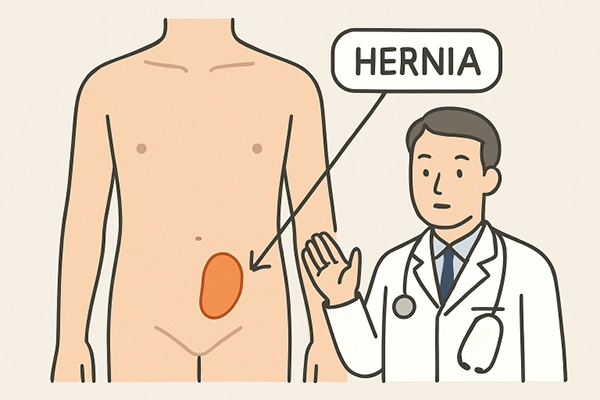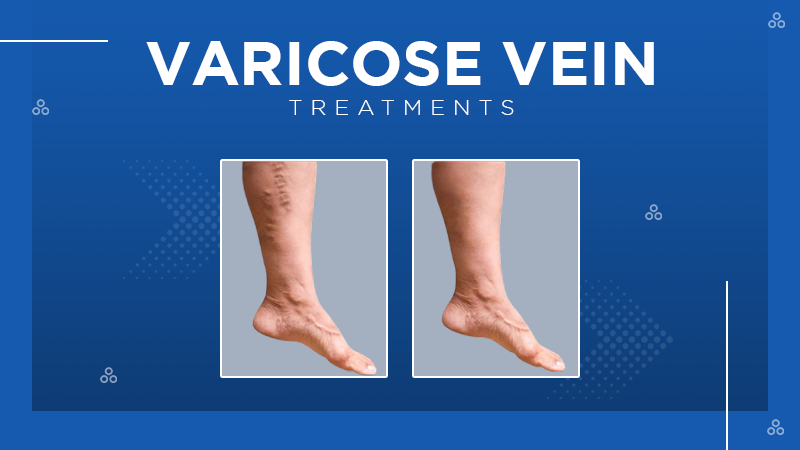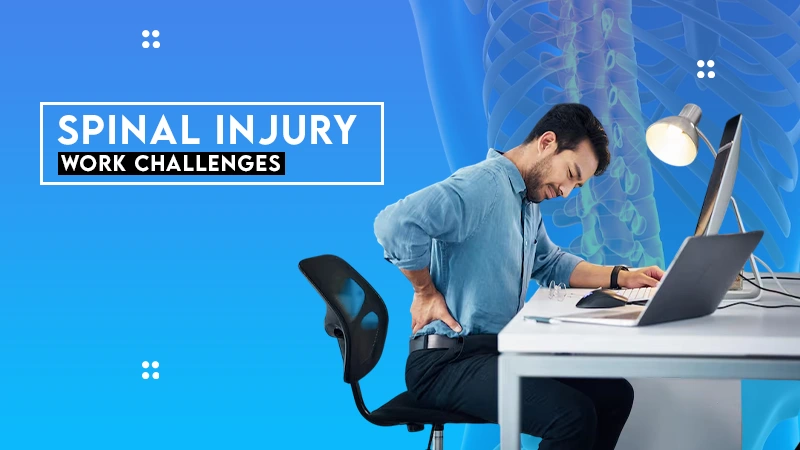- What Exactly Is a Hernia?
- Recognizing the Early Symptoms of a Hernia
- Why Some Hernias Require Surgery
- Key Signs You Shouldn’t Ignore
- Non-Surgical Management: When Is It Safe?
- The Surgical Process: What to Expect
- Weighing the Decision: Surgery Versus Waiting
- When Emergency Surgery Is Needed
- Outlook After Hernia Surgery
Key Takeaways
- A hernia is tissue pushing through a weak muscle or connective tissue, often in the abdomen or groin.
- Early detection is crucial to prevent complications like incarceration or strangulation.
- Symptoms include a bulge, discomfort, pressure, or localized pain; signs vary by type.
- Small or asymptomatic hernias may be monitored; surgery is needed for worsening or risky cases.
- Surgical options include open, laparoscopic, or robotic-assisted repair, with faster recovery for minimally invasive methods.
- Emergency care is necessary for severe pain, vomiting, discoloration, or bowel issues.
- Post-surgery, following preventive guidance and monitoring reduces recurrence risk.
What Exactly Is a Hernia?
A hernia occurs when an organ or tissue pushes through a weak spot in the surrounding muscle or connective tissue. Most commonly, hernias manifest as a bulge in the abdomen or groin and can affect anyone, regardless of age. The most frequently diagnosed types are inguinal (inner groin), femoral (outer groin), umbilical (belly button), and hiatal hernias (upper stomach area). Knowing your type can guide your treatment options, including whether surgery is warranted.
Early detection is vital because some hernias can lead to severe complications if left untreated. A timely consultation at The Iskandar Complex Hernia Center in DFW can help diagnose the hernia type and discuss surgical and non-surgical management plans, ensuring you don’t overlook symptoms requiring urgent care.
Recognizing the Early Symptoms of a Hernia
The earliest sign of a hernia is usually a noticeable bulge under the skin, which can become more obvious when standing, lifting, or coughing. This bulge might not cause pain initially, but some experience discomfort, pressure, or aching—especially after physical activity. Symptoms can also vary with hernia location. For instance, a hiatal hernia might cause acid reflux, while an inguinal hernia could lead to a burning sensation in the groin area.
Many overlook subtle signs, dismissing a dull ache as muscle strain or the bulge as minor swelling. Missing these early cues means a higher risk of complications down the road. For expert assessment and ongoing care, seeking a consultation with a specialized Iskandar Hernia Surgeon helps clarify your risk and optimal next steps. Early detection and timely surgical intervention significantly improve recovery outcomes and reduce the likelihood of long-term complications.
Why Some Hernias Require Surgery
Not all hernias require immediate surgery. Mild, asymptomatic hernias may be managed with watchful waiting, but more serious or worsening symptoms point toward the need for surgical repair. A hernia can escalate quickly: if the protruding tissue becomes trapped (incarcerated), blood flow may be compromised, leading to strangulation or bowel obstruction—both medical emergencies that require immediate attention. Recent research shows that delaying treatment can increase the risk of these complications, underscoring the importance of prompt evaluation.

Key Signs You Shouldn’t Ignore
- Sudden, severe pain at the hernia site, especially if accompanied by a bulge that won’t go back in
- Nausea, vomiting, fever, or the area becoming red, purple, or dark in color
- Abdominal bloating, inability to pass gas, or bowel changes
Non-Surgical Management: When Is It Safe?
Careful observation under medical guidance—known as watchful waiting—may be appropriate for small, asymptomatic, or minimally symptomatic hernias. Lifestyle changes, such as maintaining a healthy weight, avoiding heavy lifting, and using supportive garments, can help limit symptom progression. Several clinical guidelines, including those from the Mayo Clinic, support non-surgical care for select patients without complication risk factors.
However, regular follow-ups are essential to ensure the hernia hasn’t changed or worsened, as symptom progression could make emergency intervention necessary.
The Surgical Process: What to Expect
If surgery is recommended, it typically involves one of three approaches: open repair (traditional incision), laparoscopic (minimally invasive technique with small incisions and a camera), or robotic-assisted (precision robotics for complex cases). Recovery times vary, but most patients return to regular activities within a week or two after minimally invasive procedures, though heavy lifting should be avoided for several weeks. Recent advancements in surgical techniques have reduced many patients’ pain, scarring, and healing times.
Weighing the Decision: Surgery Versus Waiting
Deciding on surgery depends on several personal factors: age, overall health, the type and severity of the hernia, and how symptoms may hamper your lifestyle or work. Patients often want to know what signs suggest surgery is necessary, what recovery will look like, and how soon they can return to normal life.
- How severe or bothersome are the symptoms?
- Is there an increased risk of strangulation or obstruction?
- How will surgery—or waiting—affect my overall health and daily activities?
- Have symptoms changed suddenly or rapidly?
Bringing these questions to your physician and using a decision checklist helps ensure you take action at the right time.
When Emergency Surgery Is Needed
Emergency surgery is necessary if a hernia becomes incarcerated or strangulated. Warning signs include sudden intense pain, persistent nausea or vomiting, discoloration at the hernia bulge, and symptoms of bowel obstruction. If these occur, seek immediate medical care. Timely intervention is crucial—many patients have had excellent recoveries after prompt, expert surgical handling of serious hernia emergencies.
Outlook After Hernia Surgery
For most patients, hernia surgery offers lasting results and relief from symptoms. Recovery involves rest, activity modifications, and gradual resumption of normal routines. Preventive strategies—like maintaining a healthy weight, avoiding unnecessary strain, and following your surgeon’s advice—help minimize the risk of a recurrence. If you notice a new bulge, ongoing pain, or other symptoms, promptly seek follow-up care.
Long-term studies suggest excellent outcomes for most hernia surgery patients, particularly with new, minimally invasive methods that offer lower recurrence rates and faster healing.










